What is diverticula in the colon? Diverticular Outpouchings of the Colon
A diverticulum is an outward protrusion of a part of
the intestine. It's like the thumb part of a mitten. These
may occur in any part of the intestine but are especially
common in the colon, or big intestine, where they are
seen in about 15 percent of people over the age of fifty.
Such colon outpouchings are related to aging. They are
rare under age thirty five but can be observed in twothirds
of individuals in their eighties.
They can occur singly or as clusters, so they may look like so many empty grape skins. Only about 10 percent of individuals who have them become symptomatic. A still smaller group requires surgery for complications.
What is done about it? In the milder cases it frequently improves with antibiotics and "bowel rest" treatment. Antibiotics are used because diverticulitis is a bacterial infection; the drugs destroy the bacteria and thus limit or eliminate the spread of infection. A bowel rest regime employs mild cathartics to cause elimination of hard, irritating stool or stool fragments that can block the opening of these outpouchings and interfere with their drainage. The diet is a bland one, and antispasmodics are administered. During a mild attack of diverticulitis it is best for the patient, as well as his bowel, to be at rest and somewhat sedated.
They can occur singly or as clusters, so they may look like so many empty grape skins. Only about 10 percent of individuals who have them become symptomatic. A still smaller group requires surgery for complications.
Inflammation of a diverticulum is called diverticulitis. What causes it?
The cause is unknown. A diverticulum is not specially related to constipation and squeezing down to have a bowel movement. The usual explanation, not necessarily true, is that the outpouchings are the result of aging and weakness in the same area through which the blood vessels pass. When a part of the bowel wall slides out, or herniates, through that same opening, it is termed a diverticulum.Can it be prevented?
There is some evidence that outpouchings are related to diet and that there is often an inherited predisposition 'to get them. The mere presence of these diverticula is not a disease, it is only a fact. For the majority of individuals they are of less significance than the shape of their toes. They become significant only when they get infected or their lining erodes sufficiently to cause bleeding.How do you know that I have them? Can you see them on the rectal examination?
They can't be seen or felt on rectal examination. The only way of making this diagnosis is by the X-ray examination with barium.Do I have to be on a diet or take special precautions?
Not really, although it might be a good idea to avoid eating pits and foods with seeds. Regulation of bowel habits is suggested. But it is hard to correct the long standing constipation. Diverticular inflammation that is recurrent or uncontrolled becomes a serious surgical problem.What is acute diverticulitis?
It's an acute inflammation in a diverticulum, something like an acute appendicitis on the left side. The opening becomes blocked and an infection develops. This infection can either resolve itself or form an abscess or perforate and thus flood the abdomen with pus or block the intestinal passageway.What is done about it? In the milder cases it frequently improves with antibiotics and "bowel rest" treatment. Antibiotics are used because diverticulitis is a bacterial infection; the drugs destroy the bacteria and thus limit or eliminate the spread of infection. A bowel rest regime employs mild cathartics to cause elimination of hard, irritating stool or stool fragments that can block the opening of these outpouchings and interfere with their drainage. The diet is a bland one, and antispasmodics are administered. During a mild attack of diverticulitis it is best for the patient, as well as his bowel, to be at rest and somewhat sedated.
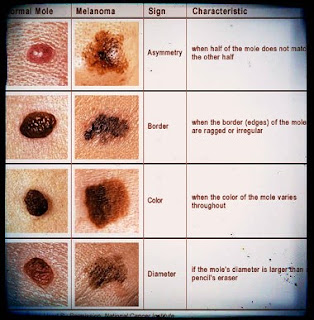
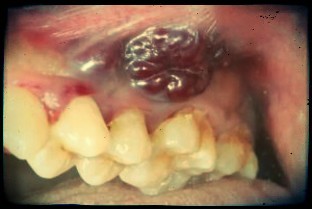
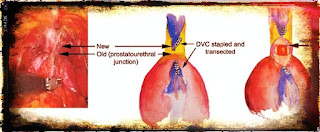
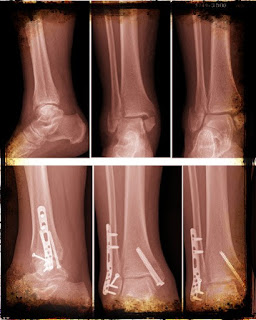
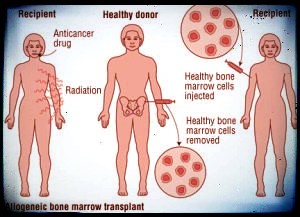

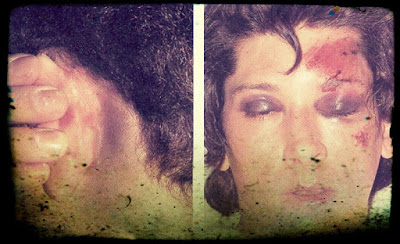
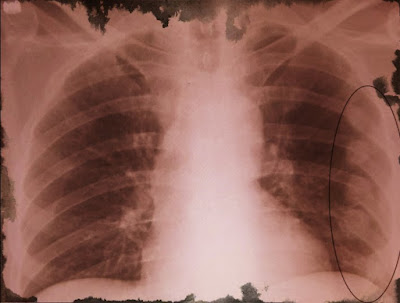
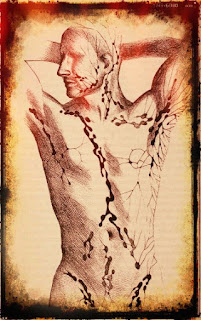
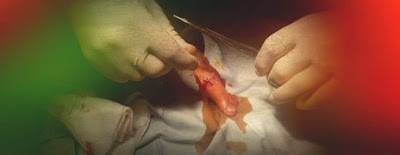
Comments
Post a Comment